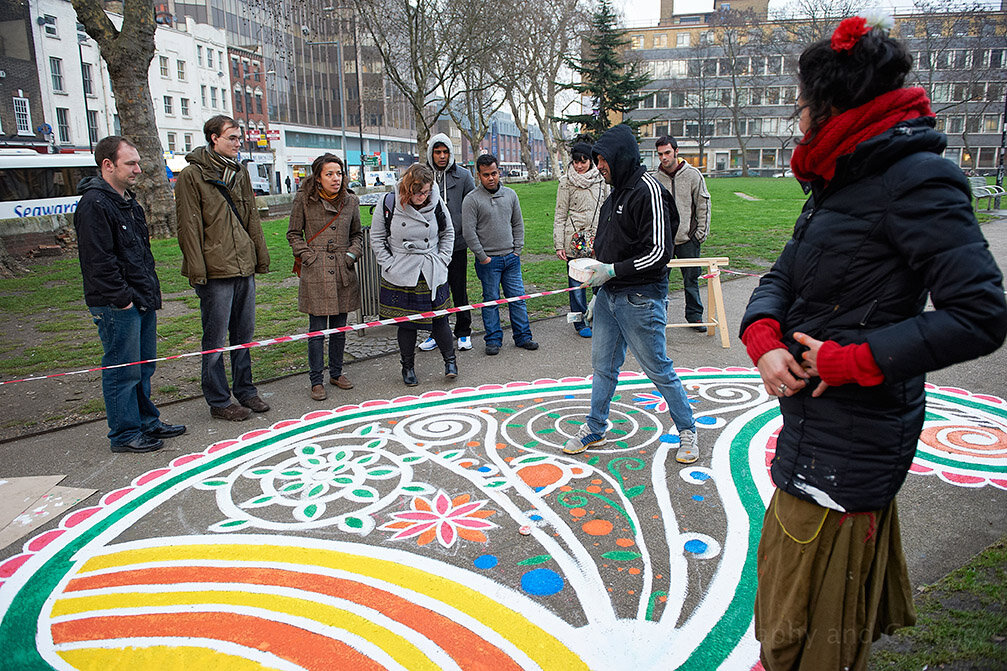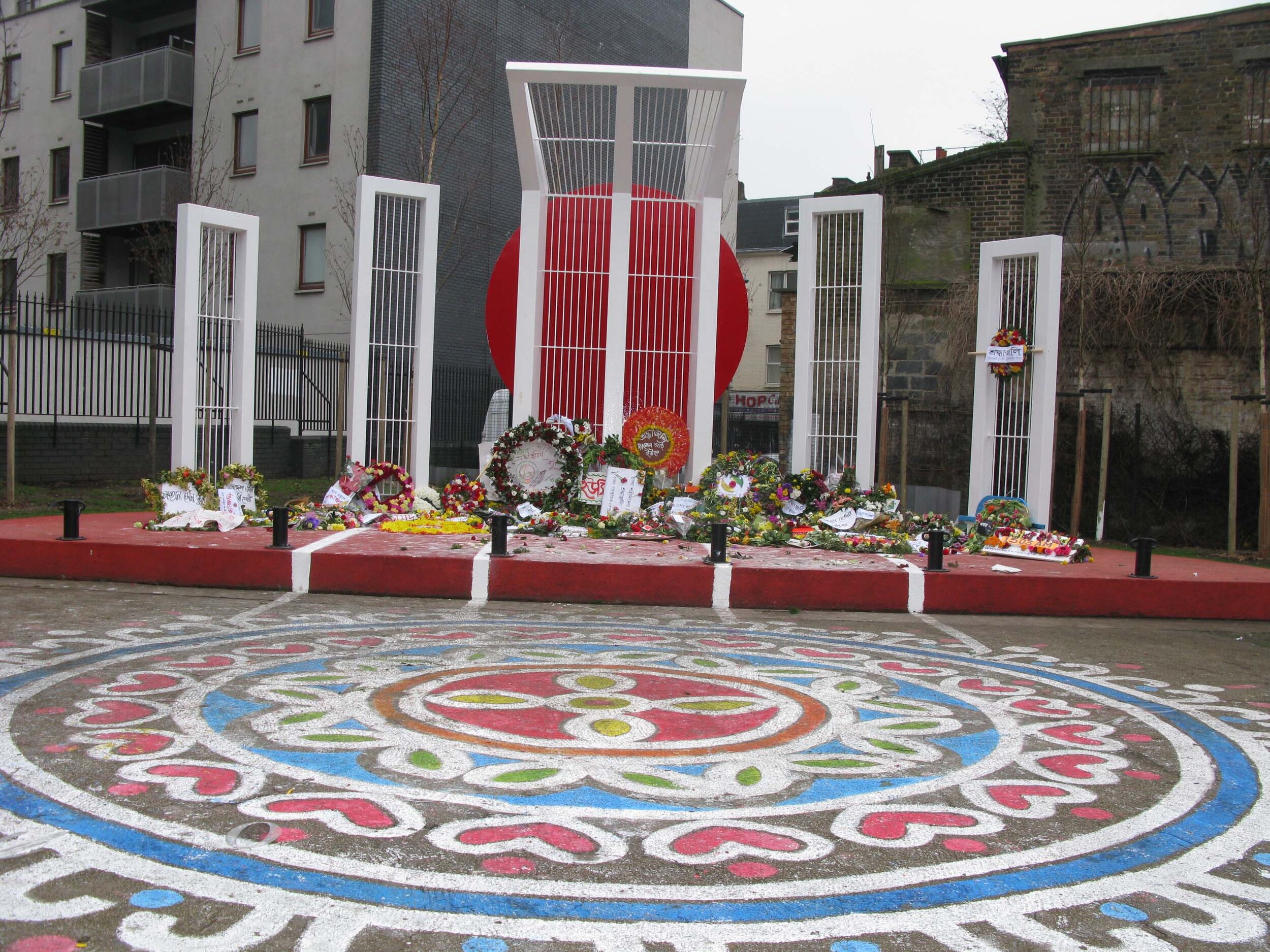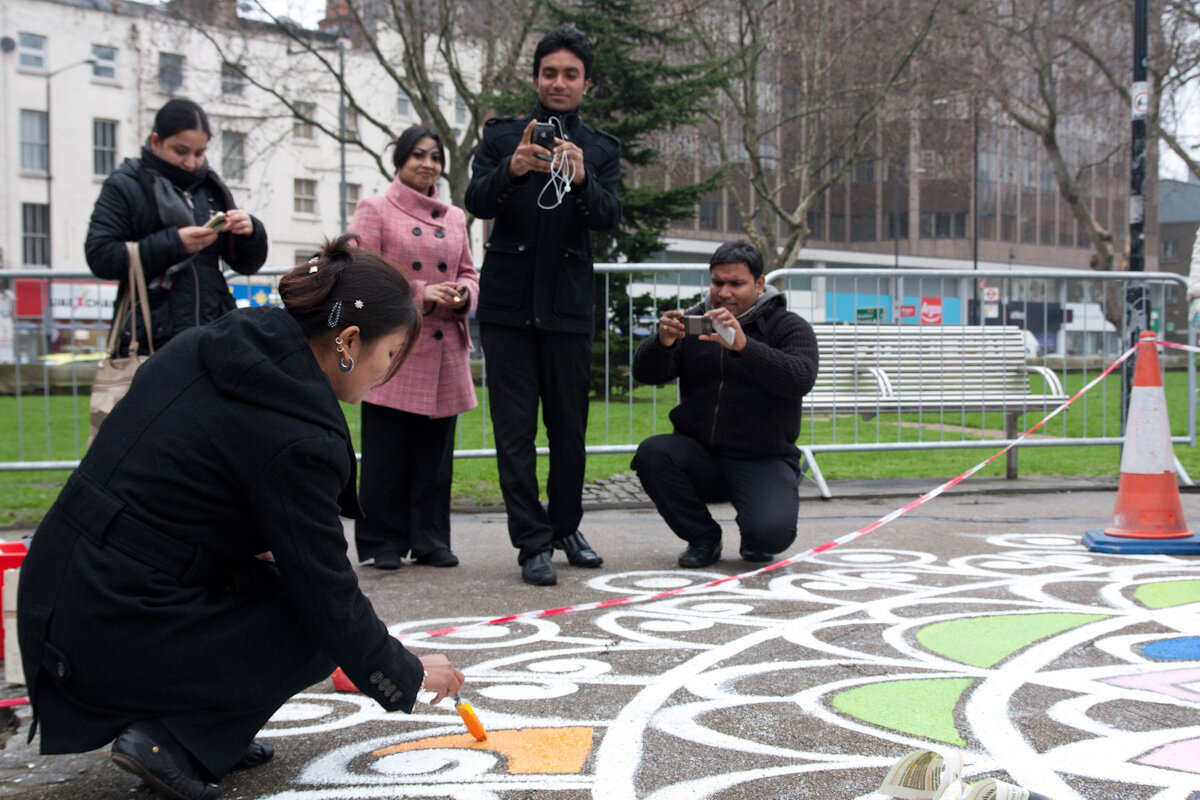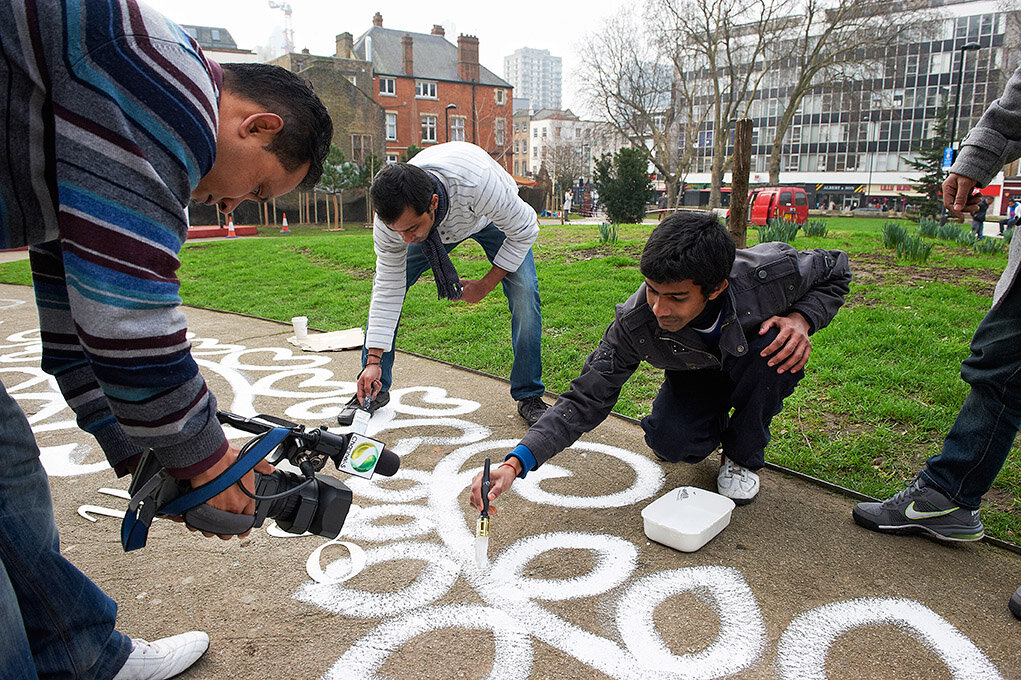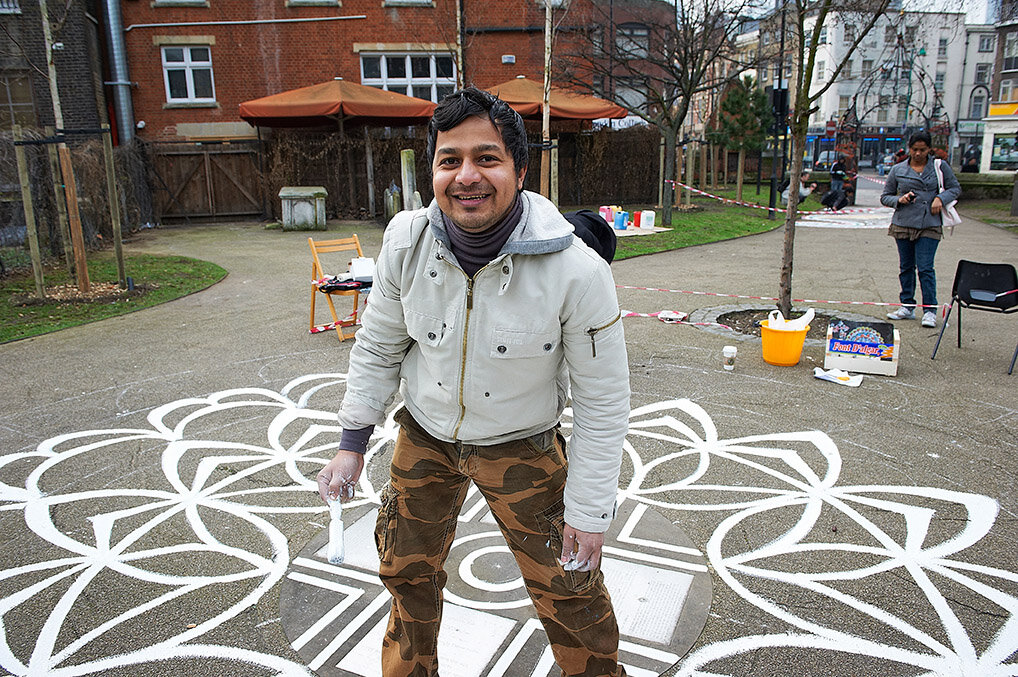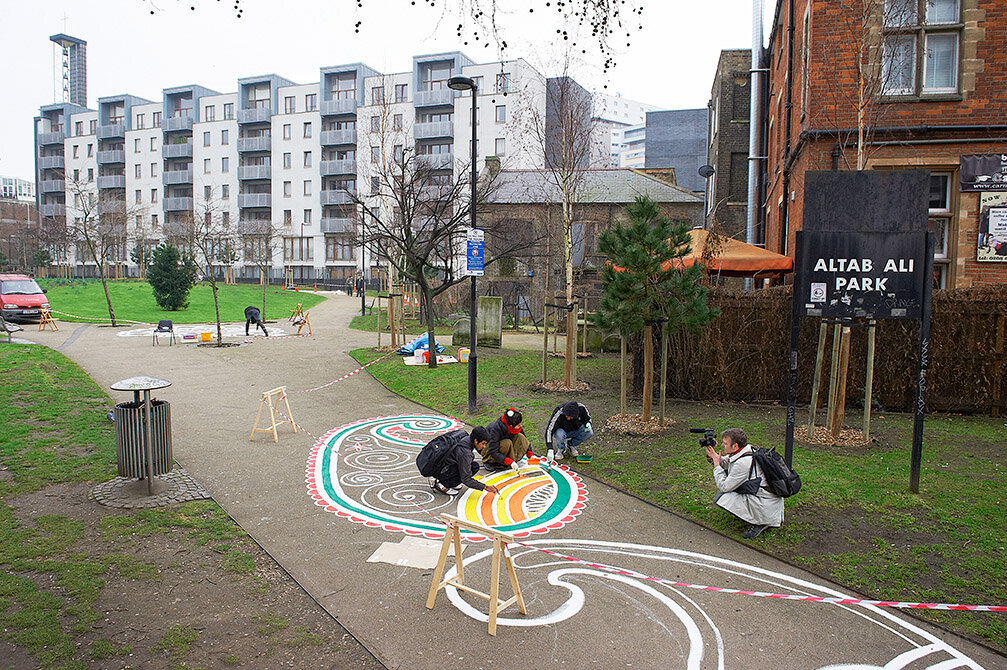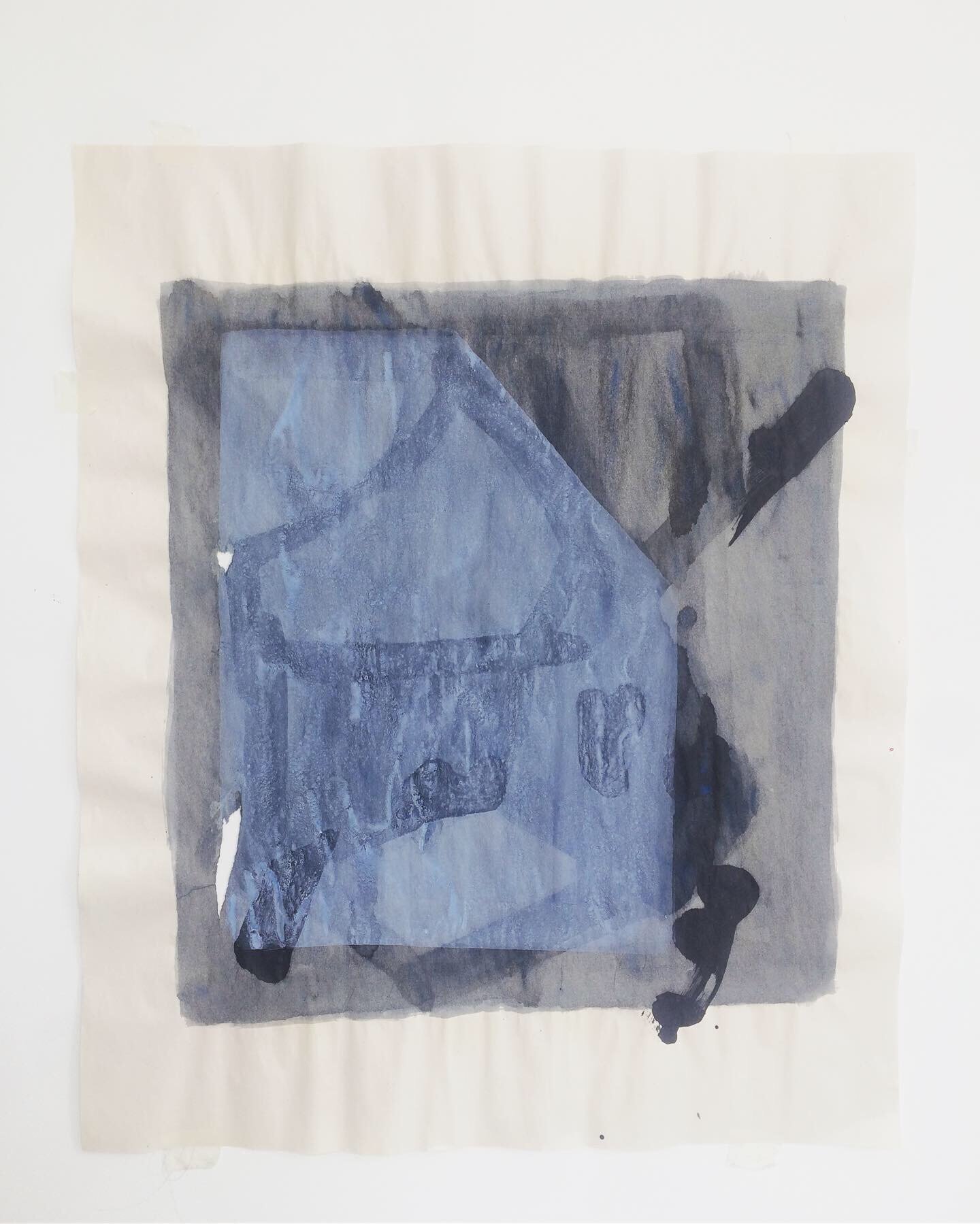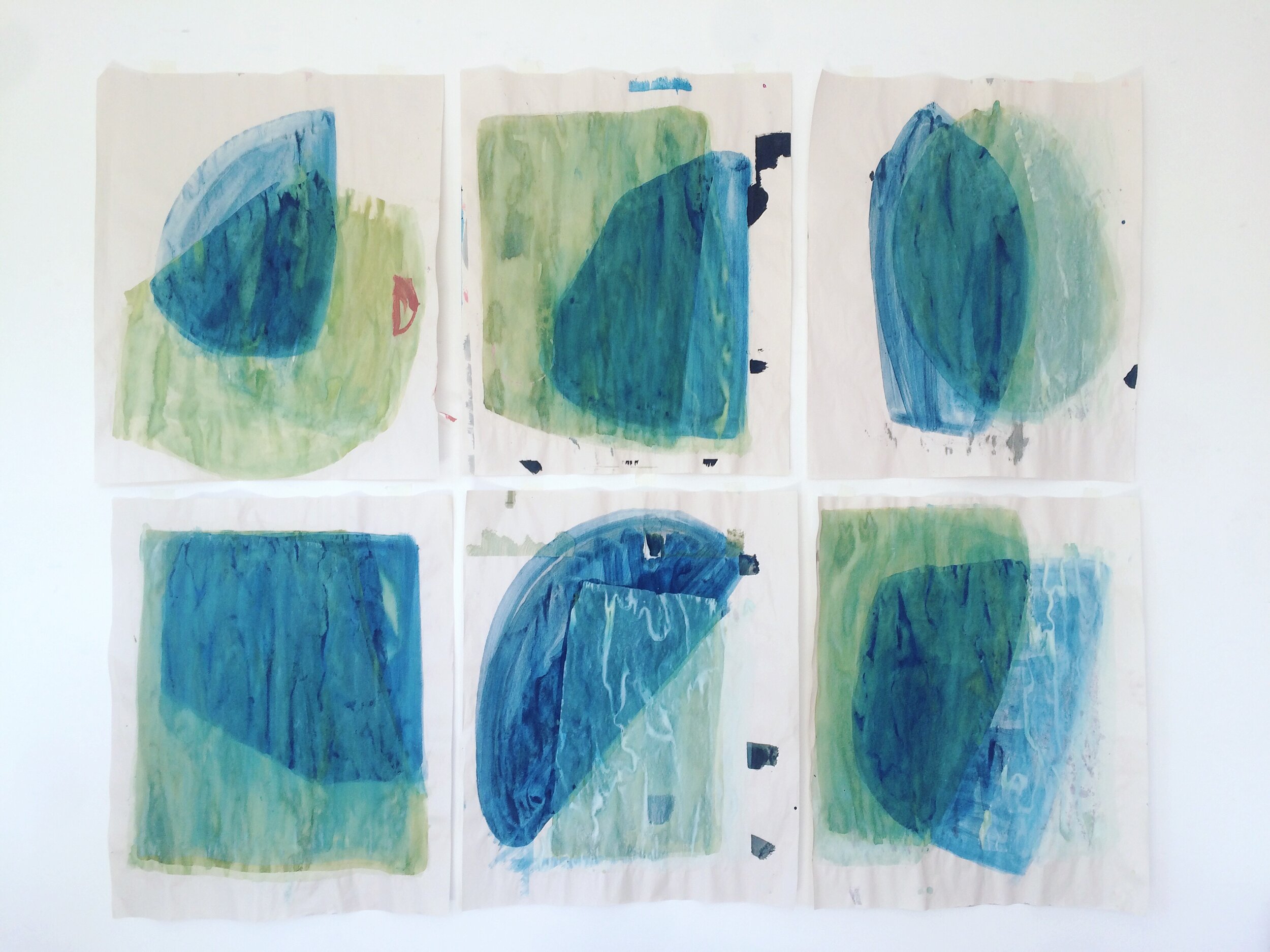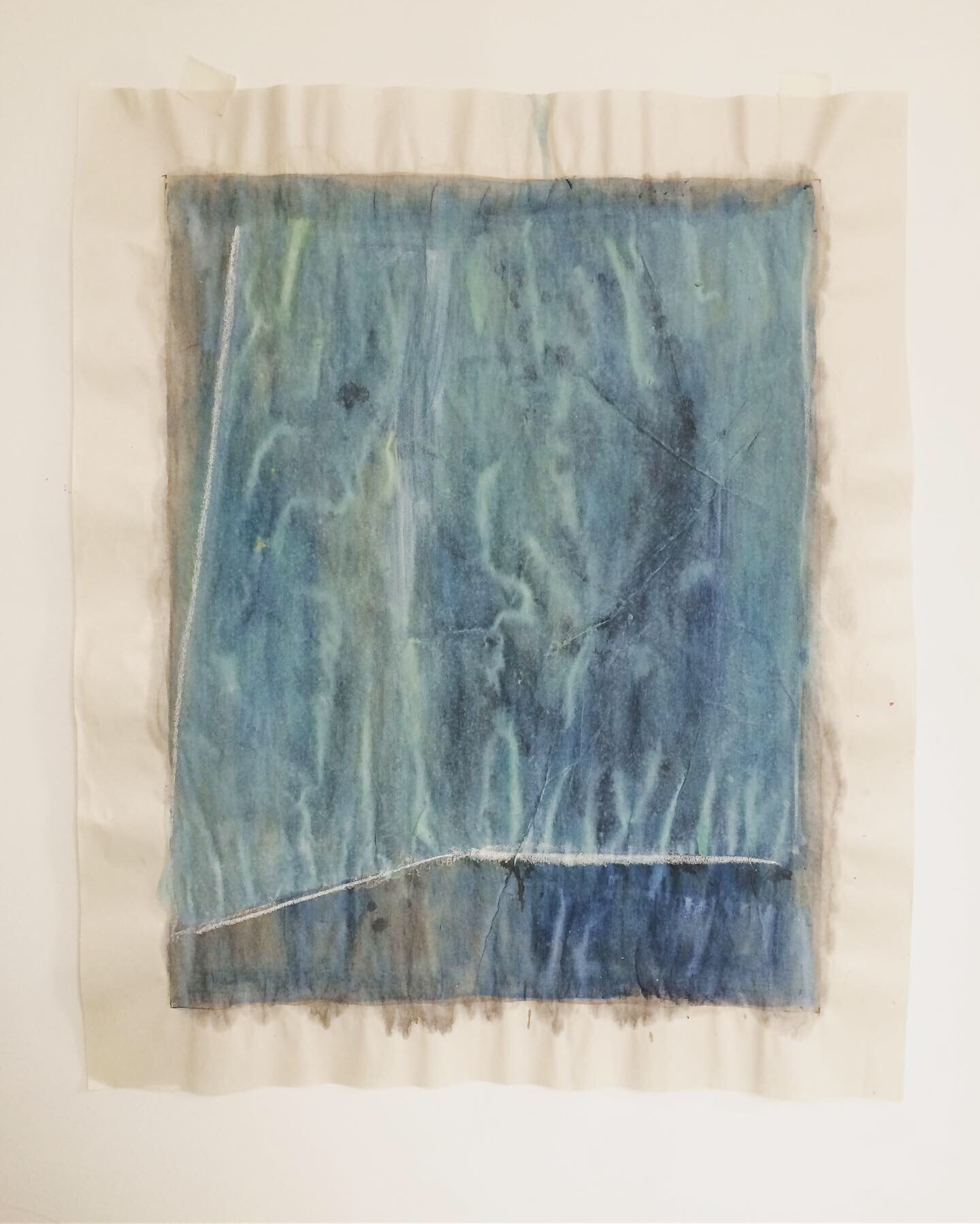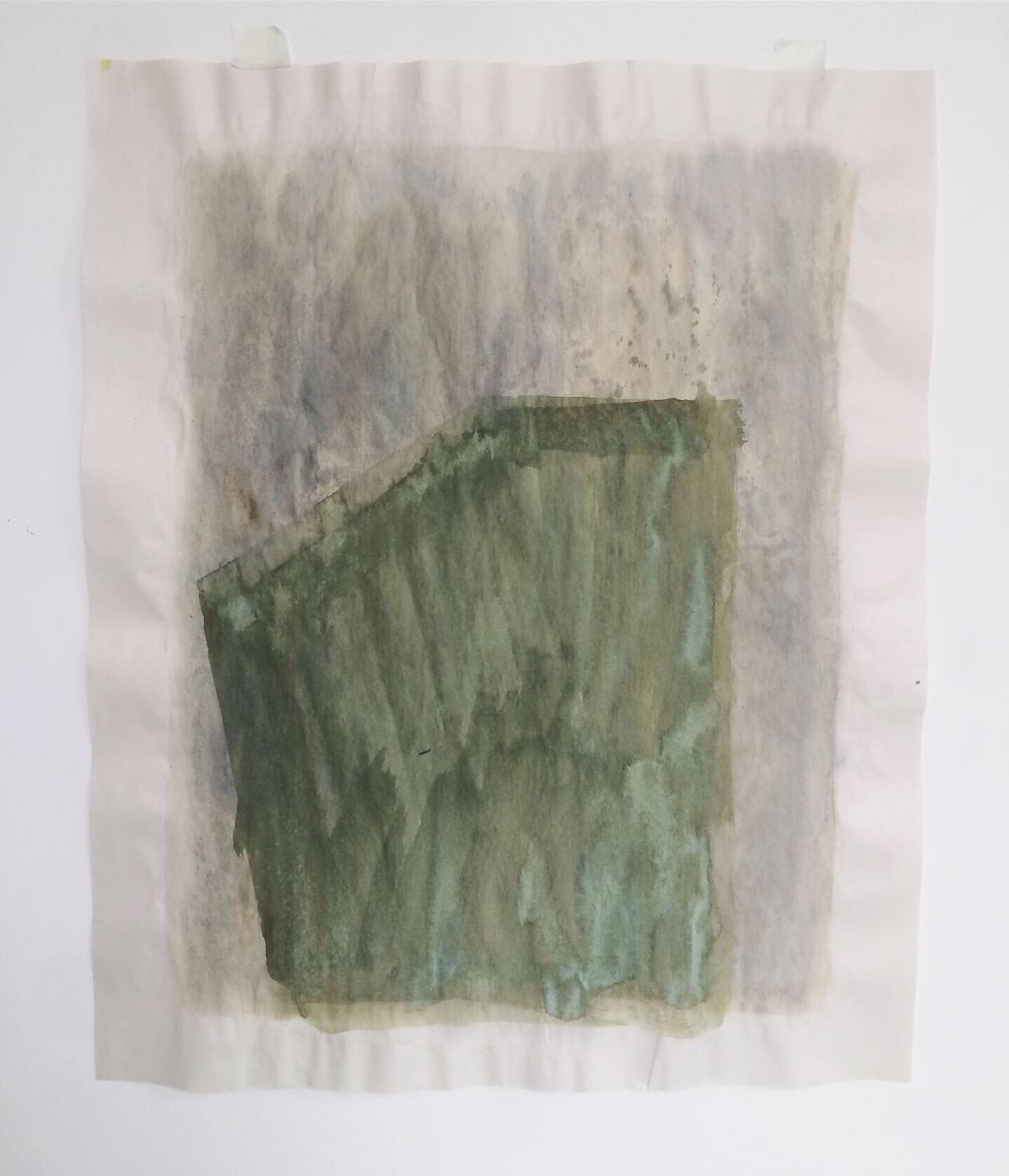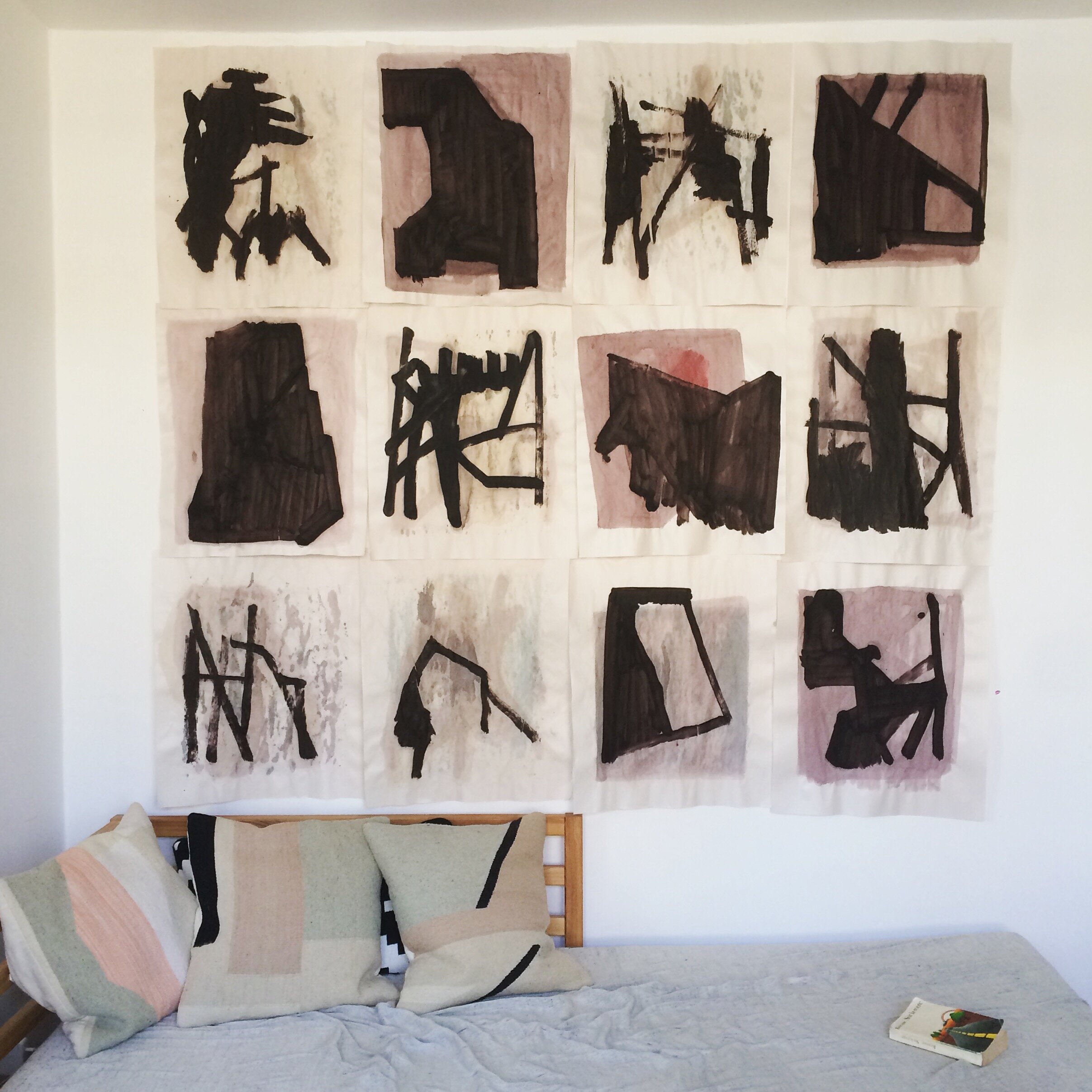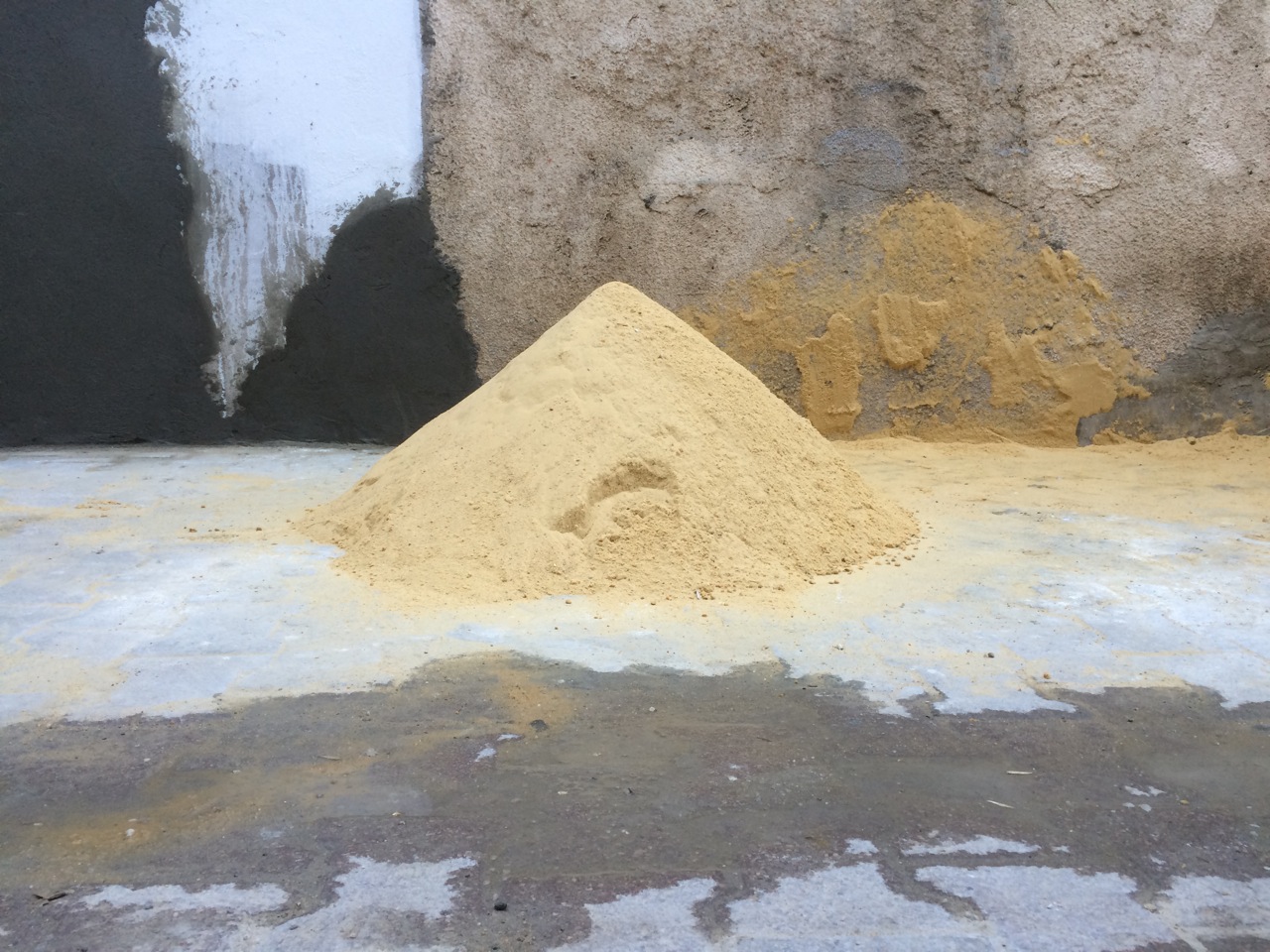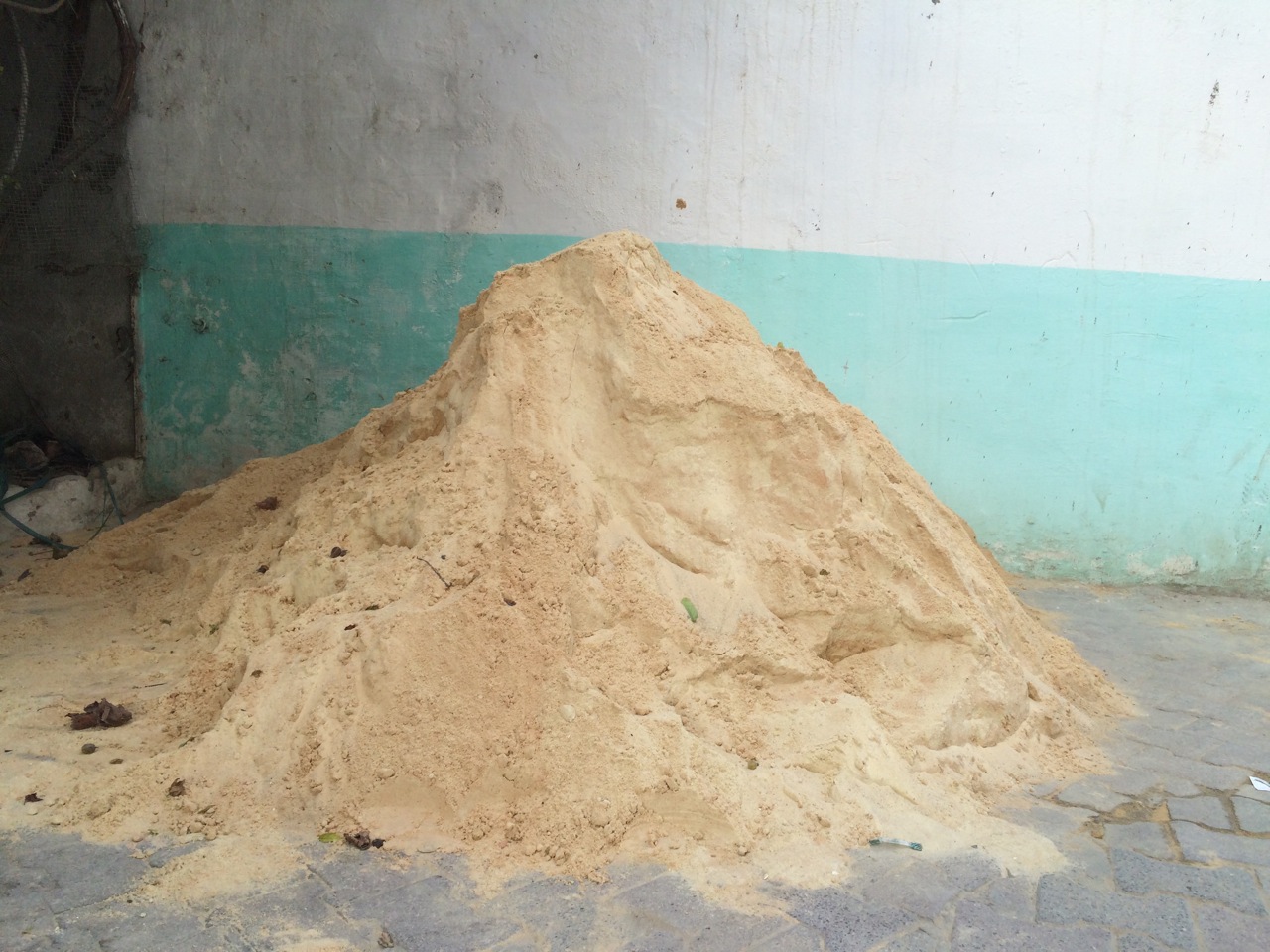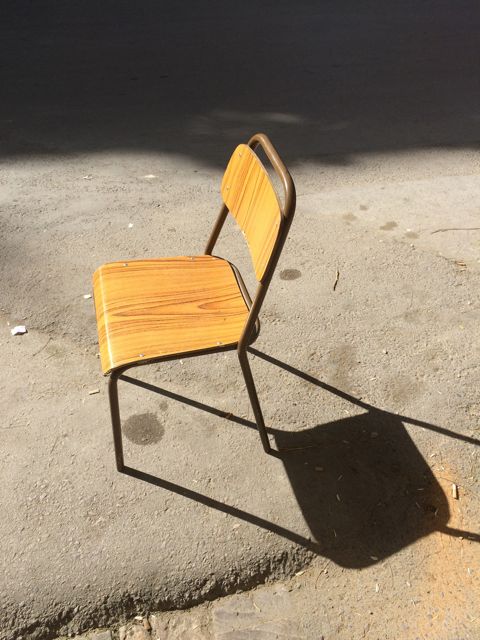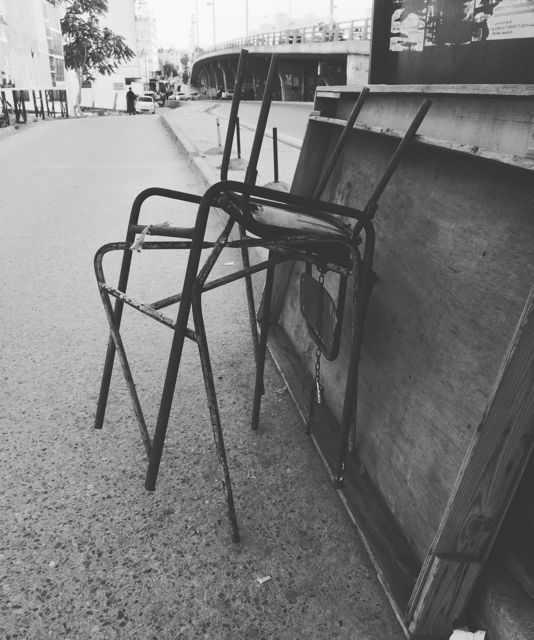The launch of a balloon from the roof of the flower shop in London in 1783 had unforeseen ripple effects, leading the way to great social changes and eventually the unification of Italy in 1861. Based on the story of Comte Franscesco Zambeccari and his son Livio this historical research and performance was developed as part of the Blackstock Green House in 2012.
Comte Zambeccari’s perilous trip across the Adriatic Sea, 7th of October 1804
It was two o'clock. The compass had been broken, and was useless; the wax light in the lantern would not burn in such a rarefied atmosphere. We descended gently across a thick layer of whitish clouds, and when we had got below them, Andreoli heard a sound, muffled and almost inaudible, which he immediately recognised as the breaking of waves in the distance.
After having torn and cut away everything that did not appear to us to be of indispensable necessity, the balloon, thus very much lightened, rose all at once, but with such rapidity and to such a prodigious elevation, that we had difficulty in hearing each other, even when shouting at the top of our voices.
I was ill, and vomited severely. Grassetti was bleeding at the nose; we were both breathing short and hard, and felt oppression on the chest.
I could not account for the reason why the moon, which was in its last quarter, appeared on a parallel line with us, and looked red as blood.
Although we descended gently, the gallery was sunk, and we were often entirely covered with water. The balloon being now more than half empty, in consequence of the vicissitudes through, which we had passed, gave a purchase to the wind, which pressed against it as against a sail, so that by means of it we were dragged and beaten about at the mercy of the storm and the waves.
Without the slightest doubt we should have been drowned if heaven had not mercifully directed towards us a navigator who, better informed than those we had seen before, recognised our machine to be a balloon and quickly sent his long-boat to our rescue.
The sailors threw us a stout cable, which we attached to the gallery, and by means of which they rescued us when fainting with exposure.
At once the balloon mounted with incredible rapidity, and was lost in the clouds, where it disappeared forever from our view.
Wonderfull Balloon Ascents, Camille Flammarion, 1870, Ed Casell, Peter and Galpin
City: London
Year: 14th of October 2012
Partners: Blackstock green house team, RARA
















